
REVOLUTION IN THE AIR
REVOLUTION IN THE AIR
{ The Songs of Bob Dylan Vol. 1: 195773 }
CLINTON HEYLIN
Constable London
To Sean Body, a gentleman-editor of the old school
Constable & Robinson Ltd
3 The Lanchesters
162 Fulham Palace Road
London W6 9ER
www.constablerobinson.com
First published in the USA 2009 by Chicago Review Press Inc,
814 North Franklin Street, Chicago, Illinois 60610
This edition published by Constable
an imprint of Constable & Robinson Ltd, 2009
Copyright Clinton Heylin 2009
The right of Clinton Heylin to be identified as the author of this work has been asserted by him in accordance with the Copyright, Designs and Patents Act, 1988.
All rights reserved. This book is sold subject to the condition that it shall not, by way of trade or otherwise, be lent, re-sold, hired out or otherwise circulated in any form of binding or cover other than that in which it is published and without a similar condition being imposed on the subsequent purchaser.
A copy of the British Library Cataloguing in Publication Data is available from the British Library.
ISBN: 978-1-84901-051-1
1 3 5 7 9 8 6 4 2
Printed and bound in the EU
{ Contents }
 JUVENILIA (195760)
JUVENILIA (195760) 
Hibbing:
Minneapolis:
 1961
1961 
 1962
1962 
 1963
1963 
 1964
1964 
 1965
1965 
 1966
1966 
 1967: I
1967: I 
 1967: II
1967: II 
 19689
19689 
 19701
19701 
 19723
19723 
{ Seems Like an Intro }
My songs are just me talking to myself.... [The] songs are just pictures of what Im seeing glimpses of things. Dylan to Ray Coleman, May 1965
I write all this stuff so I know what Im saying. Im behind it, so I dont feel like Im a mystery. Dylan to Lynne Allen, December 1978
Its not for me to understand my songs.... They make sense to me, but its not like I can explain them. Dylan to Denise Worrell, November 1985
People can learn everything about me through my songs, if they know where to look. They can juxtapose them with certain other songs and draw a clear picture. Dylan to Edna Gundersen, September 1990

In April 1964, on the brink of breaking through to the mainstream, Dylan told Life magazines Chris Welles, I am my words. Coming from the man who had just written Chimes of Freedom and Mr. Tambourine Man, it represented a statement of artistic intent as deliberate and self-conscious as Rimbauds I is another. Dylan has many achievements from forty-five years in the limelight, but it is as a crafter of songs on the page, in the studio, and onstage that he is most likely to be remembered.
Yet the output of this most prodigious of song-poets remains mired in misinformation that constrains a full analysis and appreciation of his achievement. Put plainly, too many writers are starting with the whole issue of What does it mean? when no one has yet resolved the means by which the most remarkable artist of his era built his array of oral poetry wrapped in song. It is high time an actual order to the work was established: a context that may yet allay the catastrophe and confusion of which its practitioner remains so fond (and which he once told Ray Coleman was the basis of [his] songs).
Even though there seems to be an unending variety of Dylan books good, bad, and indifferent no one has quite met the challenge of documenting every one of his songs with the aim of providing an authoritative history of the most multifaceted canon in twentieth-century popular song. To see the wood and not just the trees, we should perhaps start with a big bonfire of books about Bob. Too many have been written by the chronically misinformed, the mercenary, and the magpie. And when the smoke begins to clear, we shall see a large stack of songs tottering in the wind, in need of shoring up with a few solid facts.
As both his output and his popularity have continued to grow lest we forget, the man has recently had two transatlantic number-one albums in the space of twelve months the whole thing seems to have struck others as just too damn daunting. It initially seemed that way to me. Having compiled a provisional chronological list of every known original Dylan song (excluding instrumental), I discovered it totaled six hundred compositions. With so many songs, an ever-renewing fan base tuning in, and the ongoing pandemic of disinformation that is the Internet, a just the facts history of every song from composition to recording and/or performance seemed like a necessity.
Accepting that the song is the thing was just the first step. I was determined to organize this array of songs from Dylans pen in the order in which they were written not the order in which they were recorded or released. Only then could I start to tell the stories behind those songs not from the outer realms of speculation, but from the centrality that is their compositional history. At the end, there would hopefully be six hundred vignettes that amounted to a whole worth much more than its constituent parts. Maybe it wouldnt be the greatest story ever told, but it would provide the evidence necessary to blow away any other claimant to the singer-songwriters crown of thorns.
I should perhaps state at the outset that Revolution in the Air , despite its allusive title, is not an attempt to emulate Ian MacDonalds commendable work on The Beatles songs and their context, Revolution in the Head. Yes, it is an attempt to tell the story of an artist through his art. But in the process, I seek to show that Dylans work is a whole lot more than a series of period pieces confined to their milieu. Hence, Revolution in the Air alludes not only to one of Dylans most perfectly realized songs (Tangled Up in Blue), but also to something he said to journalist and author Charles Kaiser in 1985: Ive never looked at my stuff or me as being part of a certain age or an era. The spirit underlying the best of these songs is intangible, ever moving, just out of reach. Even when one is acting as the guide.
Next page
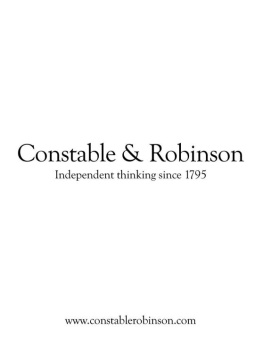
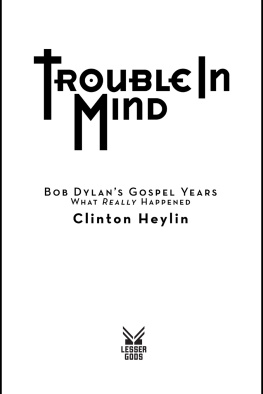



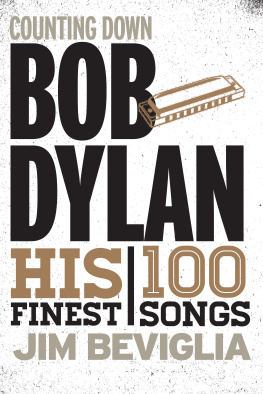
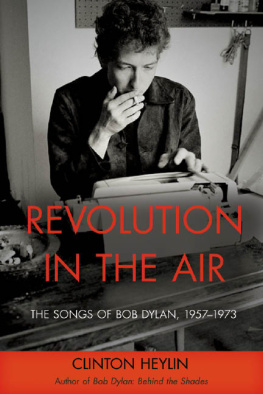
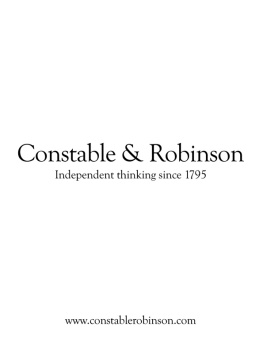
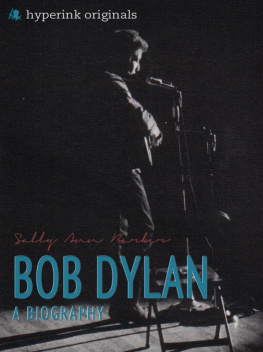

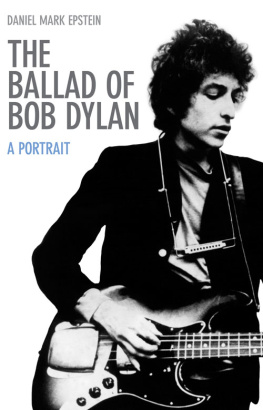

 JUVENILIA (195760)
JUVENILIA (195760) 
